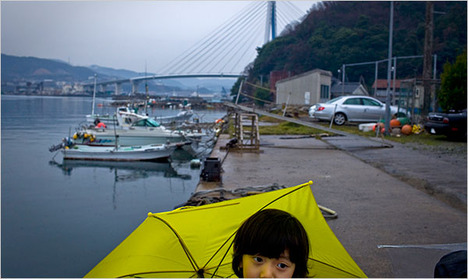
Source of graphs: online version of the NYT article quoted and cited below.
(p. A10) In the end, say economists, it was not public works but an expensive cleanup of the debt-ridden banking system, combined with growing exports to China and the United States, that brought a close to Japan’s Lost Decade. This has led many to conclude that spending did little more than sink Japan deeply into debt, leaving an enormous tax burden for future generations.
In the United States, it has also led to calls in Congress, particularly by Republicans, not to repeat the errors of Japan’s failed economic stimulus. They argue that it makes more sense to cut taxes, and let people decide how to spend their own money, than for the government to decide how to invest public funds. Japan put more emphasis on increased spending than tax cuts during its slump, but ultimately did reduce consumption taxes to encourage consumer spending as well.
For the full story, see:
MARTIN FACKLER. “Japan’s Big-Works Stimulus Is Lesson.” The New York Times (Fri., February 5, 2009): A1 & A10.
 “The soaring Marine Bridge in Hamada, Japan, built as a public works project, was almost devoid of traffic on a recent morning.” Source of caption and photo: online version of the NYT article quoted and cited above.
“The soaring Marine Bridge in Hamada, Japan, built as a public works project, was almost devoid of traffic on a recent morning.” Source of caption and photo: online version of the NYT article quoted and cited above.
